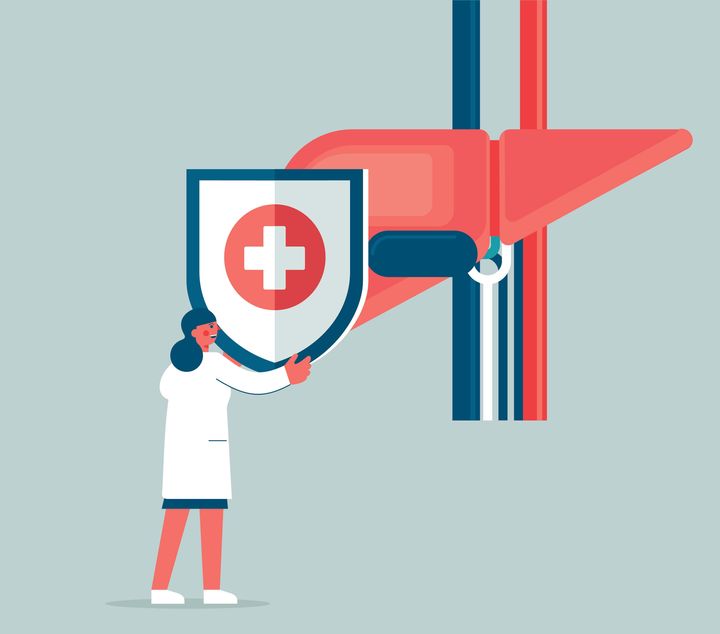
The liver is the second largest organ in the body. It provides vital functions including fighting infections and illness, removing toxins, controlling cholesterol levels, helping blood to thicken and releasing bile – a liquid that breaks down fats and aids digestion.
This is why when the liver is damaged, it can be a problem for the entire body.
According to NHS Inform, there are more than 100 types of liver disease, which together affect at least two million people in the UK. Additionally, recent figures reveal that the number of admissions to hospitals of liver disease rose by 22% in 2022 with 82,290 people being admitted with the condition that year compared to 67,458 the year before.
British Liver Trust have also recently revealed that since 1970, deaths due to liver disease have risen by 400% and every day, over 40 people die from liver disease in the UK. They add that this is in ‘stark contrast’ to other major killer diseases such as heart disease and cancer, in which the number of deaths have remained stable or decreased.
The most common type of liver disease, according to the British Liver Trust, is alcohol-related and around 7700 people die from alcohol related liver disease each year. Additionally, people who live in more deprived areas are up to six times more likely to die from alcohol-related liver disease than those who live in wealthier areas.
Why has there been such an increase?
According to a study published in the National Library of Medicine, cases of liver disease have increased due to ‘drastic changes in lifestyle’ over the years of the Covid-19 pandemic. This is backed up by the research conducted by Sheffield University which found that while moderate drinkers drank less during the pandemic, heavy drinkers drank more than usual.
Unfortunately, liver disease doesn’t usually cause any signs or symptoms until the disease is advanced and the liver is damaged. This, of course, makes diagnosing the condition very difficult but the main causes of liver disease – no matter the type – are:
- Obesity
- Undiagnosed hepatitis infection
- Alcohol misuse
NHS Inform recommends a healthy lifestyle, avoiding excessive alcohol consumption and getting vaccinated against hepatitis if you’re at risk of it.
However, as hidden as this disease can be, Mayo Clinic has outlined some of the potential symptoms of liver disease that people could experience:
- Skin and eyes that appear yellowish (jaundice)
- Abdominal pain and swelling
- Swelling in the legs and ankles
- Itchy skin
- Dark urine color
- Pale stool color
- Chronic fatigue
- Nausea or vomiting
- Loss of appetite
- Tendency to bruise easily
If you are experiencing any of these symptoms, while they may not be related to liver disease, speak to your GP to rule it out and get the right treatment for you.